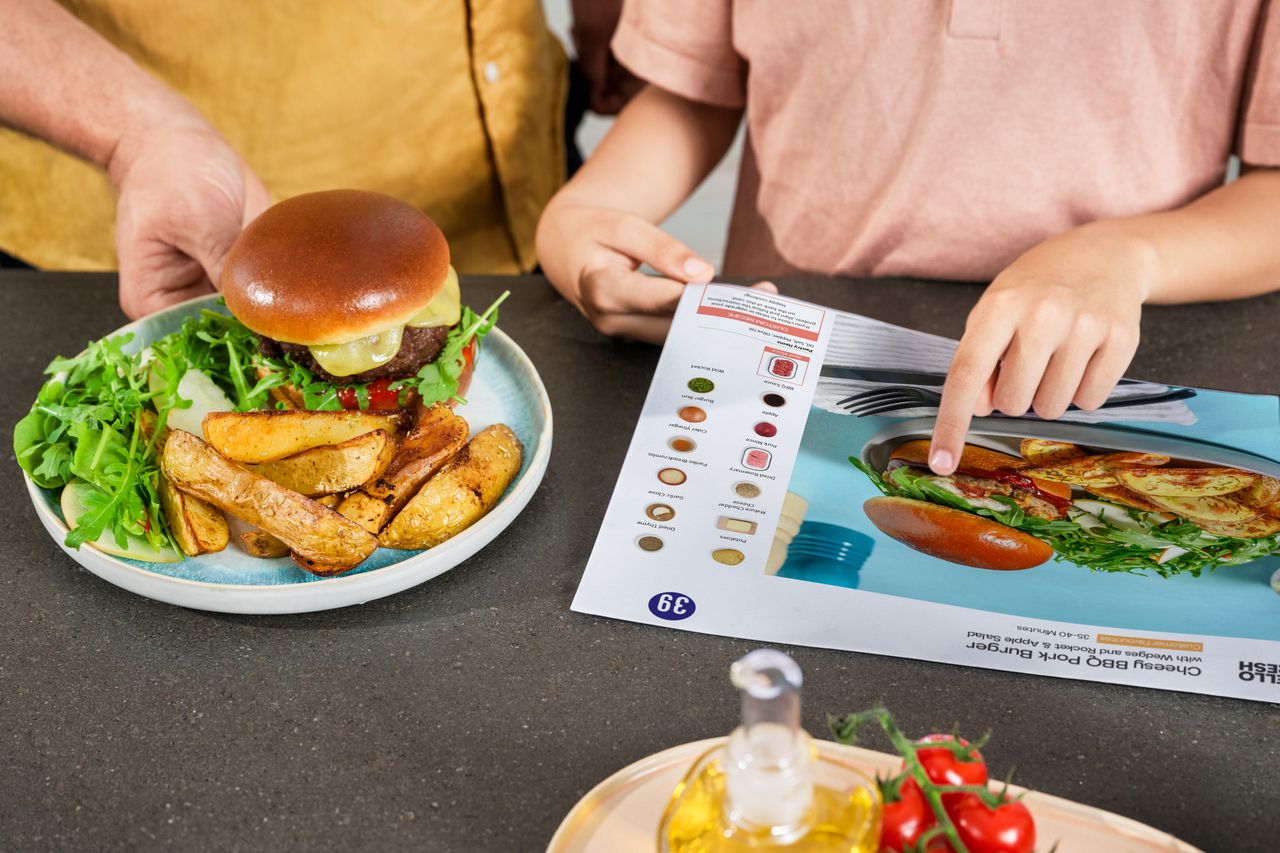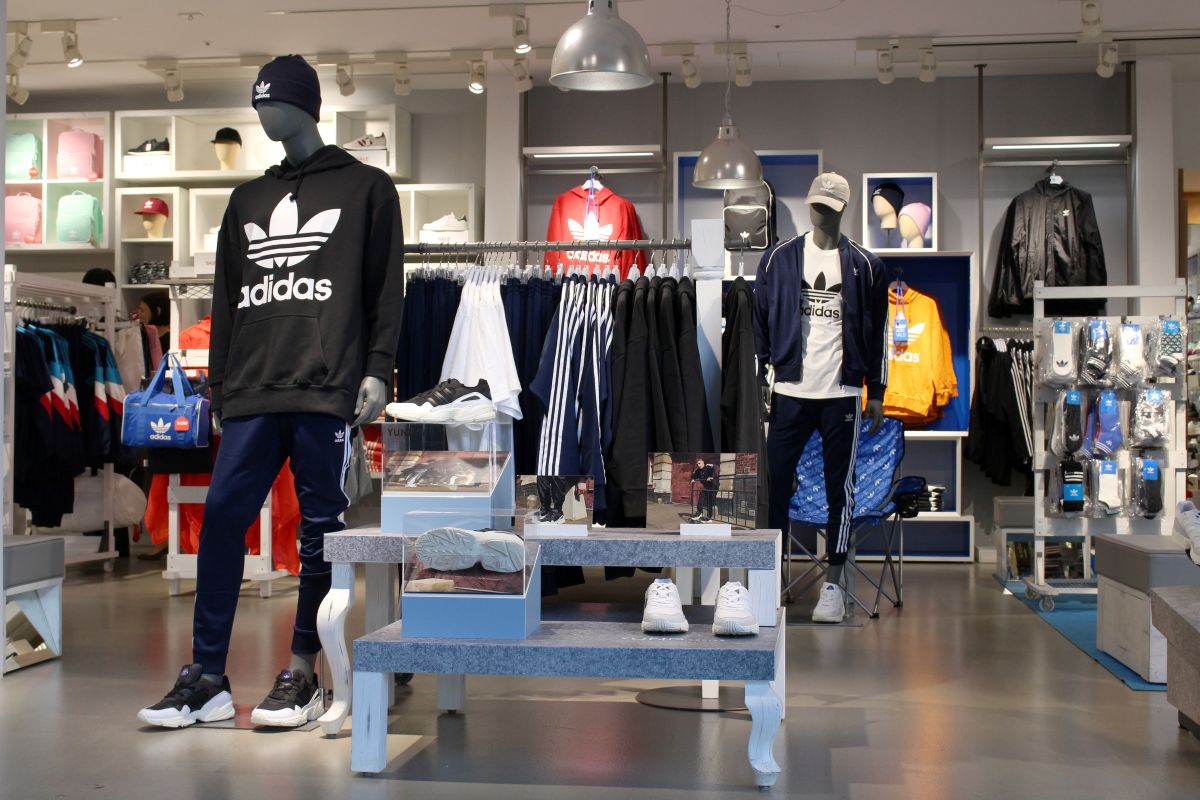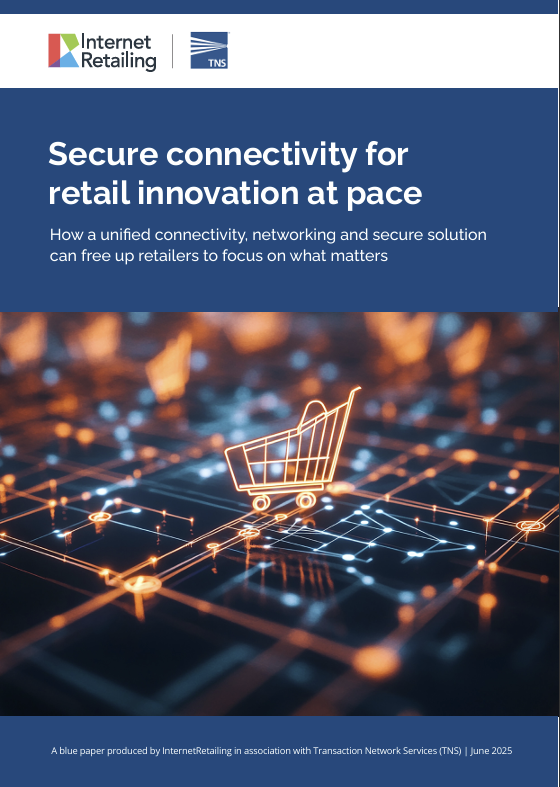The power shift since the pandemic has meant a shift in control and it’s now consumers, rather than retailers or carriers, who are shaping the new era of delivery, according to Brian Slijp, head of strategic alliances at Sendcloud.
The number of parcels shipped worldwide grew by a whopping 27% in 2020 as more than 131 billion parcels found their way to the consumer.
Retailers across all sectors in the UK reported large increases in online sales in 2020, with total online retailing values increasing by 46.1% according to the Office for National Statistics – the highest annual growth experienced since 2008.
Carriers all around the country found themselves having to grapple with unprecedented record volumes, which placed an enormous strain on both delivery services and infrastructure.
Although most carriers managed to cope with the high amount of parcels, it is unlikely that pre-Covid volumes will ever return. Consumers have become accustomed to shopping online and ordering parcels has become part of their routine.
It is time for carriers to come to terms with the challenge of transforming their networks to deal with e-commerce logistics being their main source of income.
In an attempt to deal with whooping parcel volumes and to become ‘future proof’, carriers invested massively in logistic hubs, the electrification of their fleet, and the robotisation of processes. Everything to ensure the consumer gets his order in his hands as quickly as possible. But is this really what today’s consumers want?
Convenience is driving the flexibility trend
It doesn’t seem like it. While speed is indeed important, it is only a small part of the whole delivery experience. In fact, UK consumers are becoming more patient, as research shows that they are willing to wait around 4.6 days to receive a parcel compared to 4 days one year ago.
There is, however, something else consumers want in 2021: flexibility. Consumers nowadays want to choose themselves where, when and how an order is delivered.
According to Sendcloud’s E-commerce Delivery Compass, 67% of UK consumers said flexibility in delivery options is important to them. Another 45% even want to change the delivery time slot when a parcel is already on the road.
Whereas retailers used to determine the shipping option for consumers, consumers are increasingly taking matters into their own hands. To make a purchase, the consumer wants to be able to choose – next day, same day, green, or even nominated day delivery.
This ‘flexibility trend’ only seems to continue in the next few years, as millennials are setting the bar here. While only 53% of boomers in the UK consider flexibility as a key element of delivery, a whopping 4 in 5 millennials (79%) do.
As Generation Y’s purchasing power grows, flexibility is becoming the norm rather than the expectation. As a result merchants are now seeing the consumer wants to freely choose and have options.
The customer in charge
Companies and merchants would historically have made the delivery choice for their customers, mostly based on price. Now those roles are being reversed and consumers want to choose in the checkout how a package is delivered. To achieve this, it is important to balance supply and demand – and unfortunately, that isn’t as easy as it sounds.
When you place an order today, in many cases it is still the practice that it is processed as quickly as possible, handed over to the delivery guy and delivered within 24 hours. As a matter of fact, carriers are investing heavily in their capacity to remain compliant with this standard.
However, this is not in line with consumers’ desire for flexible delivery. To really meet consumer demand, the delivery world needs a complete overhaul and logistic processes must be reviewed thoroughly. Rather than processing every order right away, the delivery process must be adapted to individual customer needs.
If Customer A doesn’t want to receive his order for another week, this means holding stock and only shipping the parcel in a few days, while customer B may need his order right away and requires express delivery. This requires both insight in individual customer expectations as well as a mix of delivery options and carriers.
Data offers a new perspective to consumer’ demands
In order to conquer the heart of the decision maker of the future – the consumer – access to data on an individual level is essential. Online stores should already identify in the checkout, how customers want to receive their order and should adapt their logistics processes accordingly.
This requires work not only from the online retailer, but certainly also from carriers who have to adapt their supply chains accordingly.
Fortunately, the first steps in this direction are gradually being taken. Thanks to shipping platforms such as Sendcloud it is becoming increasingly easy to offer a flexible checkout that does not only offer multiple carriers, but also different shipping options and time slots.
Such a ‘flexible’ checkout ensures the customer is in charge. At the same time, carriers are also evolving step by step. New kids on the block are leading in this respect. Companies such as Glovo and Budbee are prime examples of this, adjusting their shipping processes based on a smart algorithm that looks at customer needs.
Both carriers and merchants need to exchange data among themselves to ensure a seamless delivery experience that suits the customers’ expectations in the long term. Carriers that fail to offer this risk seeing customers move away and parcel volumes reducing.
To successfully address this transformation, both retailers and carriers need to change their mindset and understand the customer is ultimately king when it comes to the delivery experience. They need to listen to their current and future customers, not just broadly, but on an individual level.
By Brian Slijp, head of strategic alliances at Sendcloud.








